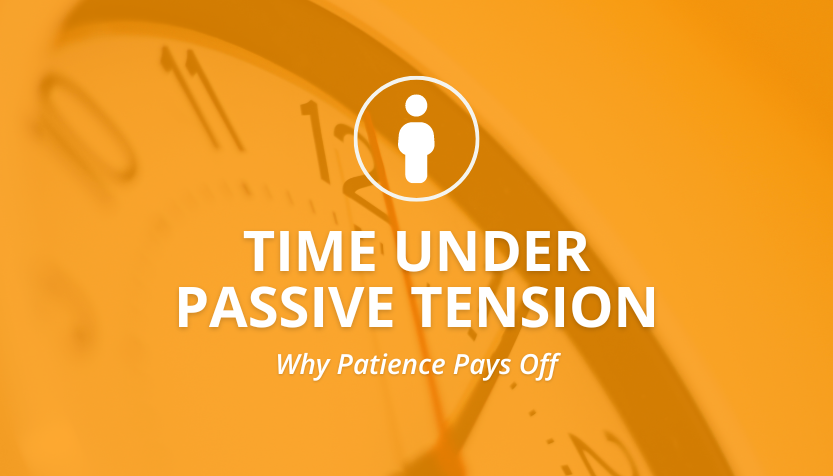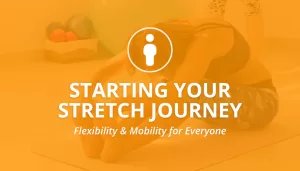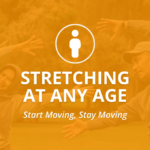Time Under Passive Tension: Why Patience Pays Off
- By Brett Schaffner
- In Stretching

In this exploration of effective stretching techniques, we spotlight the final principle of our coaching method—Time Under Passive Tension. This practice emphasizes the importance of holding each stretch for two to five minutes to facilitate deeper physiological changes within the muscles and connective tissues, significantly enhancing flexibility and mobility.
Understanding Time Under Passive Tension
Time Under Passive Tension involves maintaining a stretch under relaxed conditions, without active effort, for an extended period. This passive approach allows muscles and connective tissues to adapt and improve in elasticity, which is crucial for increasing flexibility and easing muscle stiffness.
The Physiological Impact of Prolonged Stretching
When stretches are held for longer durations, several physiological changes occur:
- Sarcomere Lengthening: Stretching muscles for an extended period can lead to the lengthening of sarcomeres, the basic unit of a muscle fiber. This process contributes to an increase in overall muscle length and flexibility.
- Sarcomerogenesis: Prolonged stretching can also stimulate the production of new sarcomeres in muscle fibers, further enhancing flexibility and range of motion.
- Reduction in Muscle Stiffness: Consistent prolonged stretching decreases overall muscle stiffness, making daily activities and movement easier.
Linking All Three Principles
Time Under Passive Tension is the third pillar, complementing Full Relaxation and Breathe to Relax. Each principle synergistically enhances the effectiveness of your stretching routine, not only aiming to increase flexibility but also to improve overall body health and function. For a comprehensive understanding, revisit our discussions on Full Relaxation and Breathing to Relax.
Wrapping Up
Embracing Time Under Passive Tension in your stretching routine requires patience, but the payoff in terms of increased flexibility and reduced muscle tension is well worth the effort. By allowing your body the time it needs to adapt to stretches, you promote a healthier, more flexible physique.
Through the practice of Time Under Passive Tension, you are well on your way to unlocking the full potential of your flexibility. Embrace the slow and steady approach to uncover the significant benefits of prolonged stretching.
Interested in Personalized Guidance?
Looking to refine your stretching techniques or enhance your routine with tailored guidance? Explore one-on-one coaching sessions where we can customize a program that addresses your specific needs and goals.
- Share:
You may also like

Starting Your Stretch Journey: Flexibility & Mobility for Everyone
- September 28, 2024
- by Brett Schaffner
- in Stretching

Stretching at Any Age: Start Moving, Stay Moving

Enhancers, Not Limiters: Embracing Props in Stretching


